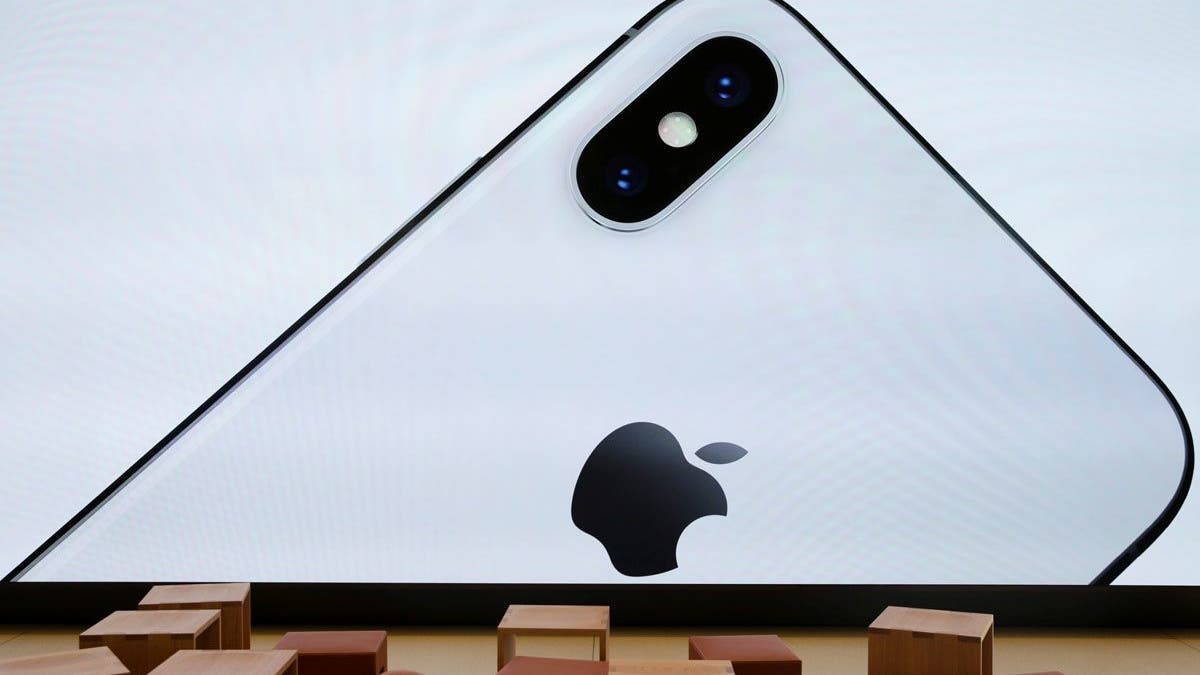
House lawmakers have asked Apple to answer more questions about the battery performance of its smartphones. (Reuters)
A group of Stanford University student protesters are urging Apple to do more to curb iPhone addiction.
As the school's student-run newspaper The Stanford Daily reports, the group — Stanford Students Against Addictive Devices — held a protest at the Palo Alto, Calif. Apple Store over the weekend demanding the Cupertino tech giant take iPhone addiction seriously.
"iPhones are our gateway to addictive services (read: Facebook and company), so Apple is uniquely capable of helping us curb our dependence," the group wrote in a flyer they handed out during the demonstration. "Even though Apple's business model does not rely on device addiction, they fail to take common sense steps to address the issue."
The students are urging Apple to "include an app with every iPhone that tracks phone usage and clearly reports patterns," offer users "more fine-grained control over their notifications," and "give users the option to use their phones in simpler ways." Elaborating on that last idea, they say Apple should add an "Essential Mode" to iPhones similar to Airplane Mode or Low Power Mode that would offer "just calls, texts, and photos."
More From PCmag
Apple did not immediately respond to PCMag's request for comment.
The students aren't the only ones worried about this problem. A recent survey from nonprofit Common Sense and SurveyMonkey found that 47 percent of parents feel their child is "addicted" to their mobile device. Thirty-two percent of those parents said the same about themselves.
Meanwhile, a group of former Apple, Facebook, and Google employees recently formed an anti-tech addiction coalition called the Center for Humane Technology, which plans to launch an ad campaign targeted at 55,000 US public schools.
Stanford Students Against Addictive Devices is advising iPhone-addicted users to track their screen time via the third-party app Moment and enable grayscale mode on their device to "reduce dopamine hits." You can do that by navigating to Settings > General > Accessibility > Display Accommodations > Color Filters. From there just switch Color Filters on and select Grayscale.
This article originally appeared on PCMag.com.
